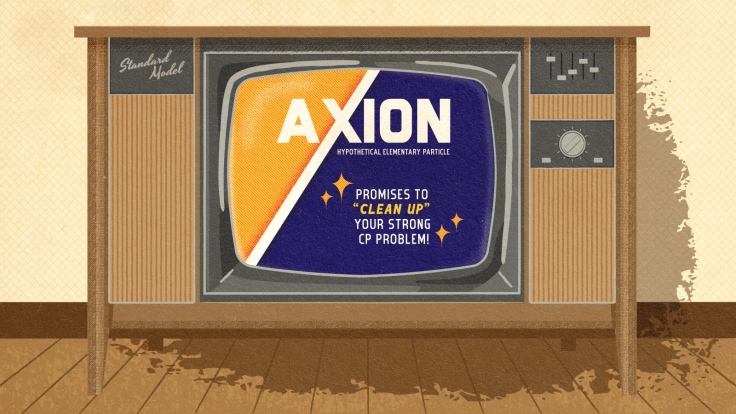Forty-odd Chicagoans gathered in a bar on June 3, not to watch the Blackhawks in the Stanley Cup finals, but to hear Jason St. John talk about particle colliders, the Standard Model and how the Large Hadron Collider won’t be the end of us all.
His lecture was part of Chicago’s inaugural Nerd Nite, a monthly series of informal talks intended to educate and entertain the community’s “lay nerds,” as St. John describes them, while they kick back with beers and martinis.
It was a far cry from the Ben Stein chalk talk that many have in mind when picturing physics presentations.
“He totally turned that upside-down,” says attendee Maurice Ball of the Mechanical Support Department in the Accelerator Division at Fermilab.
“Not that many people know quantum field theory or how to calculate branching ratios … but it’s not that hard conceptually,” says St. John, who helped organize the event.
As it turns out, it made for great Nerd Nite material.
Inside the California Clipper, an old-fashioned lounge in Chicago’s Humboldt Park neighborhood, St. John, who works on the CMS experiment at the LHC, took the mic in front of a largely graduate-student crowd. His aim was to unpack a topic that, while attracting a good deal of hoopla, is little understood by the public: the subatomic realm. With as much humor as studied consideration, he examined the controversy that made the LHC a hot news item a year ago – its reputation in some circles as an instrument of the world’s annihilation.
Conceding that it isn’t clear how to calculate how often proton collisions will produce black holes – which is why there’s controversy in the first place, he says – St. John laid out the physical arguments against the likelihood of a doomsday scenario in a way that was accessible to people who may have been hearing the term Planck scale for the first time.
“It was stuff I’d heard a hundred times before, but he explained it in a way that made you go ‘Oh, okay!’” Ball says.
Halley Brown, a scientist working on the CDF experiment at Fermilab, agrees. “I think the audience was kind of excited to hear an explanation that they could understand,” she says.
After the black hole lesson, St. John moved on to the science of high-energy physics. A cartoon of a proton beam collision – a big hit with the audience – led to a lively lesson in proton structure, the four fundamental forces, the rules governing the interactions between particles and what matter is and isn’t.
“Then I could show them Feynman diagrams that looked like animals: penguin diagrams, and others that look like dogs,” St. John says.
“St. John can explain a very complicated topic to … regular ‘civilians’ and make it exciting, funny and intriguing,” Ball says, noting that St. John created an environment where people could just blurt out questions.
St. John’s talk anchored an evening of three lectures, the first entitled “Parasitic Birds, Sex, Lies, and Dinosaurs.” A second lecture about 19th century Shakers had audience members singing a hymn in chorus.
As for St. John’s presentation, “It made me proud to be a part of this whole high-energy thing,” Ball says.
Nerd Nite began in Boston in 2003 and has since spread to Austin, Washington D.C., New York City and San Francisco.
Check out the event’s Web page.





